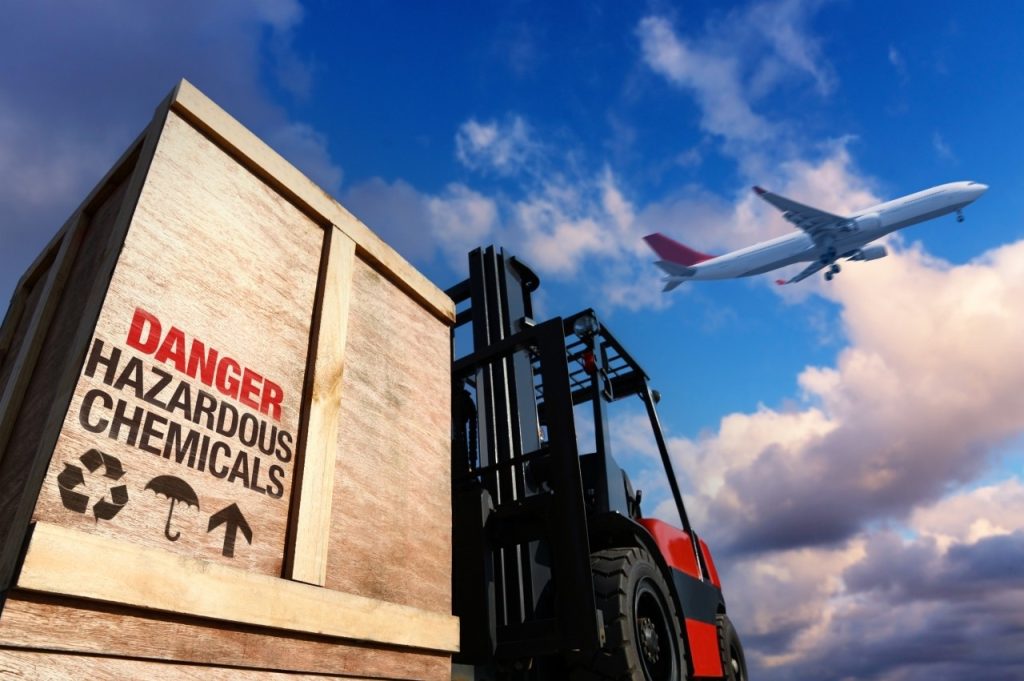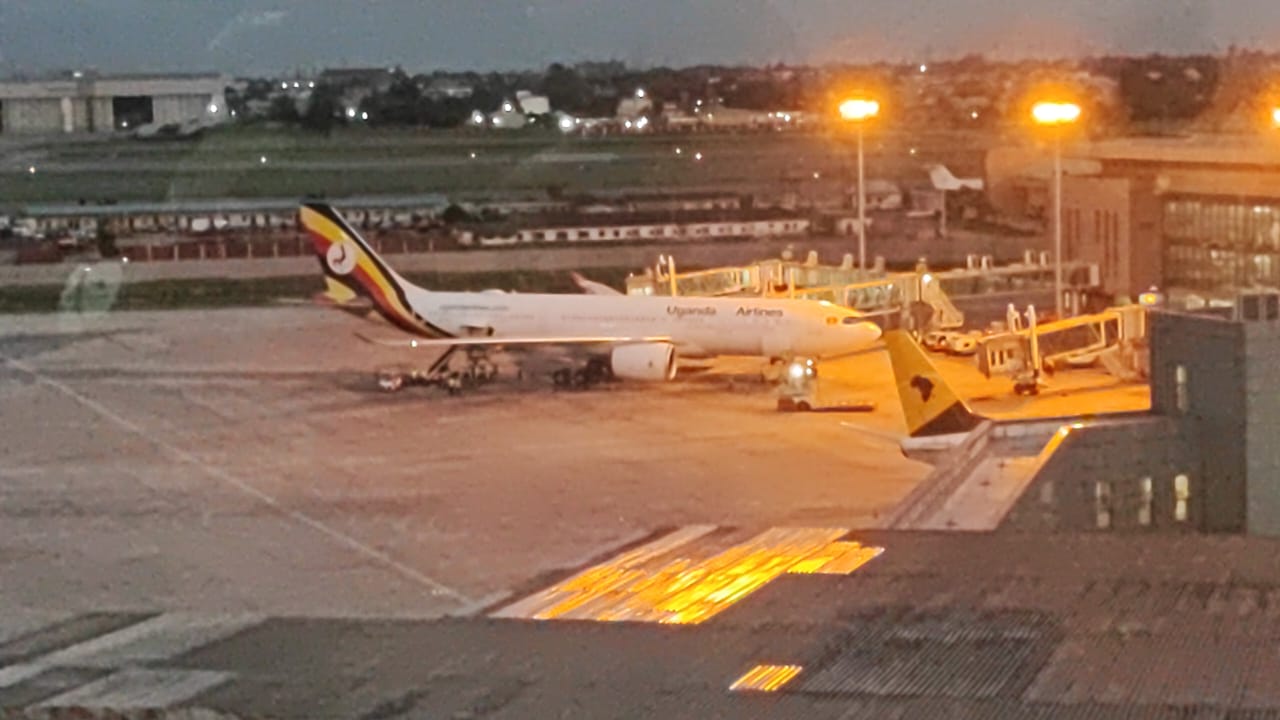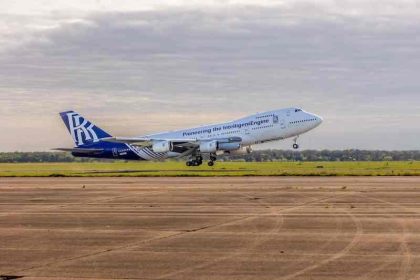IATA and ICAO reaffirm cooperation on safe transport of Dangerous Goods

Regular air passengers must be all too familiar with scrutiny that their checked and carry-on baggage, is subjected to. While customs authorities are mostly concerned with detecting narcotics and other restricted trade items in passenger luggage, for aviation, a more compelling reason, is the detection of goods or substances, that could potentially compromise flight safety, if they were allowed on board.
The announcement today, by the International Air Transport Association (IATA) and the International Civil Aviation Organization (ICAO), that they have extended their “long-standing cooperation on setting and implementing global standards for the safe carriage of dangerous goods by air.”
The duo signed an agreement extending their collaboration January 22, at the IATA Executive Offices in Geneva during a visit by ICAO Secretary General Juan Carlos Salazar during which greater collaboration between the two organizations was discussed.
The agreement reflects the enduring concerns about how to assure flight safety, in an increasingly complex operational environment. As the pace of innovation peaks, bringing new materials and consumer products on the market, so does the challenge of anticipating and understanding the risk that might be associated to their carriage by air.
Regulations relating to carriage of dangerous goods are not new to air transport. IATA began issuing guidance for the carriage of Dangerous Goods on aircraft back in 1956 and has been updating and devising standards ever since. ICAO Annex 18, adopted in January 1984, is one of the outcomes of such collaboration. ICAO Annex 18 outlines the broad principles for the international transport of dangerous goods. Its provisions are amplified by the Technical Instructions for The Safe Transport of Dangerous Goods by Air, which provides a detailed breakdown of instructions necessary for the safe international transport of dangerous goods by air. The same documents provide guidance to States for inspection and oversight.According to IATA, based on the Technical Instructions agreed on at government level through ICAO, IATA works with the aviation industry to develop the applicable practical tools and operational recommendations. These are issued as the Dangerous Goods Regulations and are global standards applicable to the entire value chain including manufacturers, shippers, airlines, freight forwarders and ground handlers. These regulations include operator variations, supporting documents, tools, guidelines and notes which are essential for a practical, consistent approach to the safe acceptance, inspection, handling and carriage of dangerous goods on aircraft.“The safe carriage of dangerous goods has become common practice, thanks to the strict adherence to global standards and guidelines. Today’s agreement ensures that dangerous goods will continue to be handled according to the highest globally applicable standards. To this effect, IATA will continue its advocacy work with key stakeholders to maintain a globally aligned, and practically focused approach to the regulated transport of dangerous goods. This will lead to more efficient and robust supply chains whilst upholding aviation’s number one priority of safety”, said Willie Walsh, IATA’s Director General.

 Saudia’s 105 aircraft order stretches A320neo lead over rival Max
Saudia’s 105 aircraft order stretches A320neo lead over rival Max
 Entebbe in race against time as passenger traffic overruns capacity
Entebbe in race against time as passenger traffic overruns capacity
 Commuter bus operator Tondeka Metro loses city commuter business in web of intrigue
Commuter bus operator Tondeka Metro loses city commuter business in web of intrigue
 Uganda Airlines likely to miss Spirit A320neo delivery slots
Uganda Airlines likely to miss Spirit A320neo delivery slots
 Rolls-Royce Pearl 10X engine takes flight
Rolls-Royce Pearl 10X engine takes flight
 Rare insights into Uganda aviation market at UCAA air services license meeting
Rare insights into Uganda aviation market at UCAA air services license meeting
